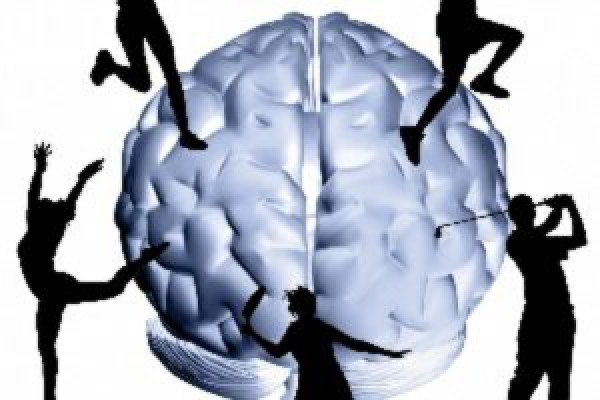Impact of sport training on adaptations in neural functioning and behavioral performance: A scoping review with meta-analysis on EEG research
Investigating the neural mechanisms underlying sport performance has been a research focus in the field of sport science. The current review aims to identify distinct characteristics between athletes and non-athletes at behavioral and neural levels. Further analysis was conducted as to potential reasons that contributed to the differences.
Literature was searched through PubMed, ScienceDirect, Cochrane, EBSCO, and Web of Science for EEG studies that compared athletes with non-athletes or novices in behavioral performance and brain function.
The process of literature search and selection identified 16 studies that satisfied the predetermined inclusion criteria. Theta, alpha, and beta frequency bands were employed as the primary EEG measures of cortical activities in the included studies.
Theta (4–7 Hz)
Attentional processes activate frontal cortical areas which are responsible for generation of theta oscillations. Therefore, frontal theta activity has been considered an indicator of attention. Previous research identified greater frontal theta power associated with increased task complexity.34 When a task becomes challenging, increased attention paid to the task causes stronger theta activity in the frontal lobe.
The included studies reported higher frontal theta power in athletes performing both motor and cognitive tasks. In addition, the enhanced theta oscillation is associated with favorable performance. Considering the cortical activation pattern and behavioral performance, researchers proposed that, compared with non-athletes, athletes have developed adequate abilities and efficient strategies of allocating more attentional resources to support performance in a complex task.
Alpha (8–12 Hz)
As a dominant EEG oscillation in human brain activity, alpha band reflects an inhibitory function.35 Alpha event-related desynchronization (ERD) indicates a functional correlate of brain activation, suggesting increased cortical activation in response to a stimulus. On the other hand, alpha event-related synchronization (ERS) represents a functional correlate of inhibition, which is often seen in an idling state.36 Cortical activation is characterized by ‘focal ERD/surround ERS’, which indicates increased cortical activation in the event-related area accompanied by inhibition of surrounding areas.37
The primary finding on alpha oscillation is the lower ERD in athletes, suggesting lower cortical activation associated with task performance. Recruiting fewer neural resources without compromising performance is consistent with the neural efficiency hypothesis. Therefore, the lower alpha ERD associated with a comparable or better performance was interpreted as a feature for superior brain function.
Beta (13–30 Hz)
Cortical oscillations in the beta frequency band reflect motor-related processing. Beta ERD (lower beta power) indicates increased excitability of motor cortex neurons, which is associated with faster motor responses in simple self-paced movement tasks. Recent neuroimaging studies have shown that beta ERD also occurs when imagining or observing a movement, suggesting increased mental engagement in processing motor-related information.
The included studies reported greater beta ERD (reduced beta power) in athletes than controls. The increased excitability of the motor cortex produced beneficial effects on behavioral performance including improved accuracy in golf putting and shooting, and shorter reaction time in cognitive tests. Based on the findings of beta oscillation and corresponding behavioral performance, beta ERD implies favorable brain functioning.
Conclusion
The scoping review and meta-analysis identified significant advantages in athletes over non-athletes at both behavioral and neural levels. The superior performance in athletes was largely attributed to the sport-related tasks instead of the general tasks. In addition, the favorable brain function in athletes can be summarized as neural efficiency, increased cortical asymmetry, greater cognitive flexibility, and precise timing of cortical activation. The findings of the review implied promising directions of integrating EEG technique into training and scouting. EEG-based research in future will add significant value to promote current understandings of neural mechanisms underlying sport performance.




Related Posts